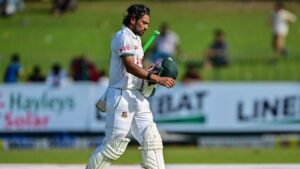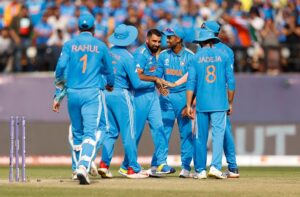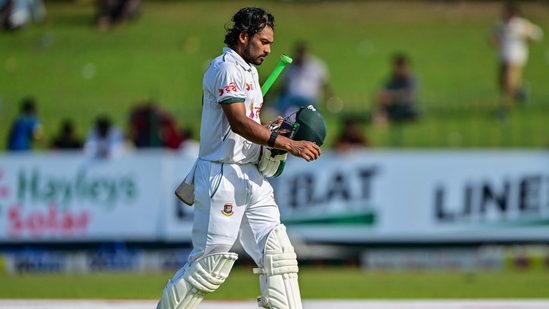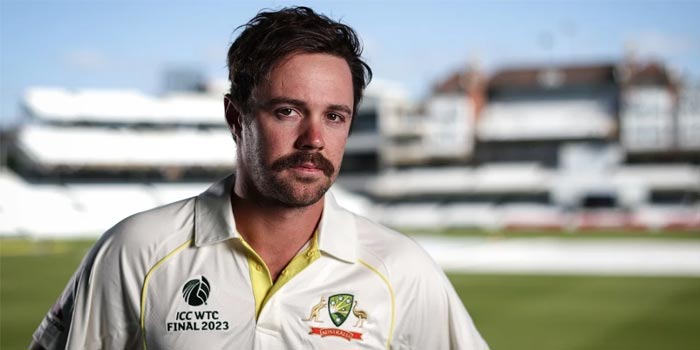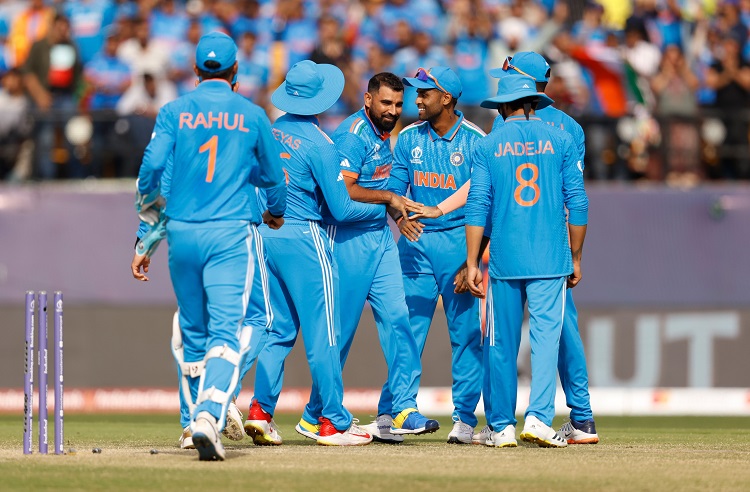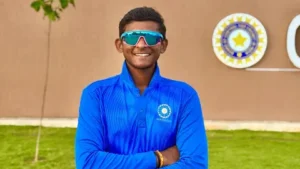Additional Bone Test: In a significant and thoughtful step toward fairness in junior cricket, the Board of Control for Cricket in India (BCCI) has announced a major revision in its age verification process. To prevent young players from losing out on an additional year of eligibility due to an arithmetic rule known as the “+1 factor,” the BCCI will now conduct a second bone age test for players who fall into borderline age categories at the junior level.

Table of Contents
Understanding the Current Bone Test Rule
Additional Bone Test: At present, the BCCI uses the TW3 (Tanner-Whitehouse 3) method, a scientific test that assesses the bone age of players to determine their eligibility for age-group tournaments. Along with this, a “+1 factor” is added to the calculated bone age to predict eligibility for the next season in the same age group.
For example, if a player’s bone age test shows he is 15.4 years old in the Under-16 (U-16) boys’ category during one season, his age for the following season is automatically considered 16.4 years due to the “+1 factor.” This allows him to continue competing in the same category.
However, if a player’s bone age reads 15.5 or higher, the automatic addition of the “+1 factor” pushes his age to 16.5 or above, rendering him ineligible for the U-16 competition next season. The bone age cutoffs for eligibility are 16.4 years or below for U-16 boys and 14.9 years or below for U-15 girls.
The Problem with the “+1 Factor” and Why Change Was Needed
Additional Bone Test: The arithmetic “+1 factor” system, though widely used, sometimes fails to reflect a player’s true biological development. This can lead to situations where players miss out on playing opportunities, not because of scientific age verification, but due to mathematical assumptions that don’t always match actual growth.
A BCCI insider explained to PTI, “It is being done to have an exact age and make sure that no player loses due to arithmetical calculation rather than scientific calculation.”
What’s Changing? The Introduction of a Second Bone Test
Additional Bone Test: With the new rule, a player who is deemed ineligible for the following season based on the “+1 factor” will be given a chance to undergo a second bone age test. This retest will determine the player’s actual bone age before ruling out participation in the next season’s tournament.
For instance, if a male U-16 cricketer’s bone age in the 2025-26 season is borderline and the “+1 factor” suggests he cannot play next season, he will now undergo a second test to get a more precise assessment. If his actual bone age after this test is below the cutoff of 16.5 years, he will remain eligible to compete.
Similarly, in the U-15 girls’ category, a player who tests 13.9 years in one season is eligible for the next season with a bone age capped at 14.9. But if a player’s bone age is 14 or above, she may play the current season but will need to undergo a retest to confirm eligibility for the following year.
Why This Matters: Protecting Young Talent and Ensuring Fairness
Additional Bone Test: Age eligibility in junior cricket is a crucial factor that can shape a player’s career trajectory. Losing a year of competition due to mathematical rounding rather than actual physical development can be disheartening and unfair to promising talent.
The BCCI’s new policy ensures that age assessments are rooted firmly in science rather than arithmetic assumptions. This approach helps protect young cricketers from being prematurely ruled out, giving them a fair chance to continue competing and honing their skills.
What the Future Holds
Additional Bone Test: This updated bone age testing policy is expected to provide more clarity and fairness across junior cricket competitions in India. Coaches, players, and parents alike will welcome this change, which respects the natural growth patterns of young athletes.
As the BCCI takes these steps, it sends a clear message that the board is committed to nurturing talent and maintaining integrity in the sport. It also reinforces the importance of scientific accuracy and fairness in age verification—essential pillars in the development of the next generation of cricket stars.
